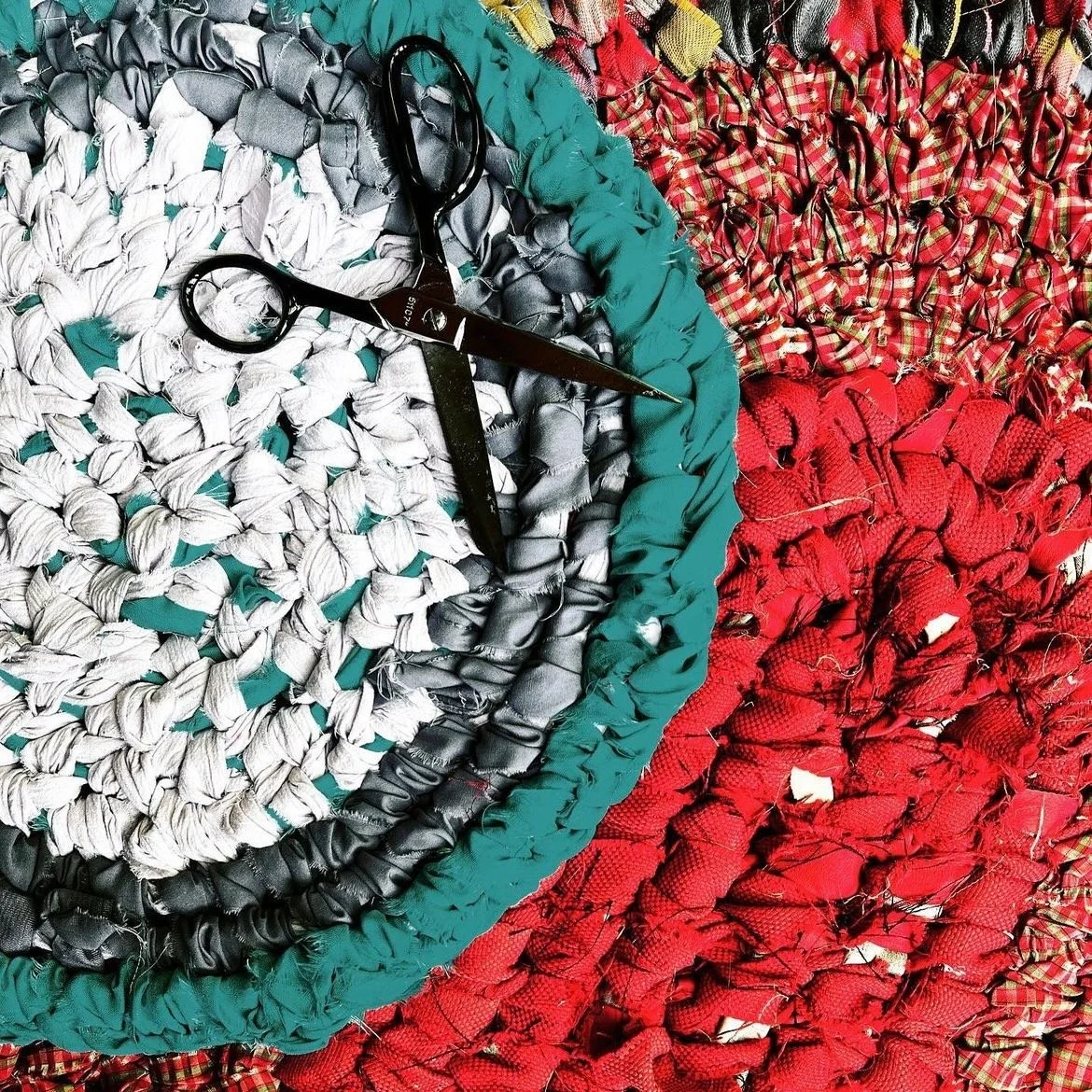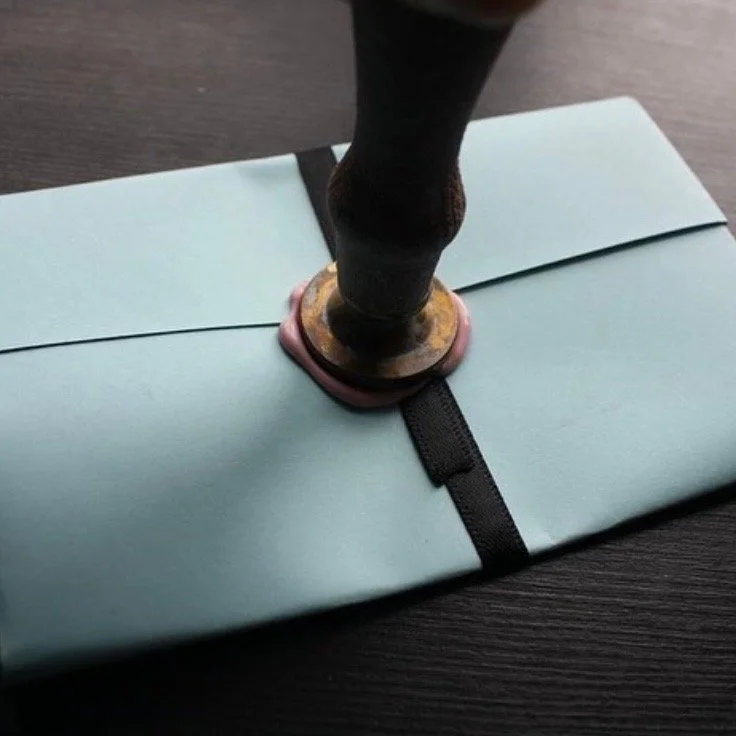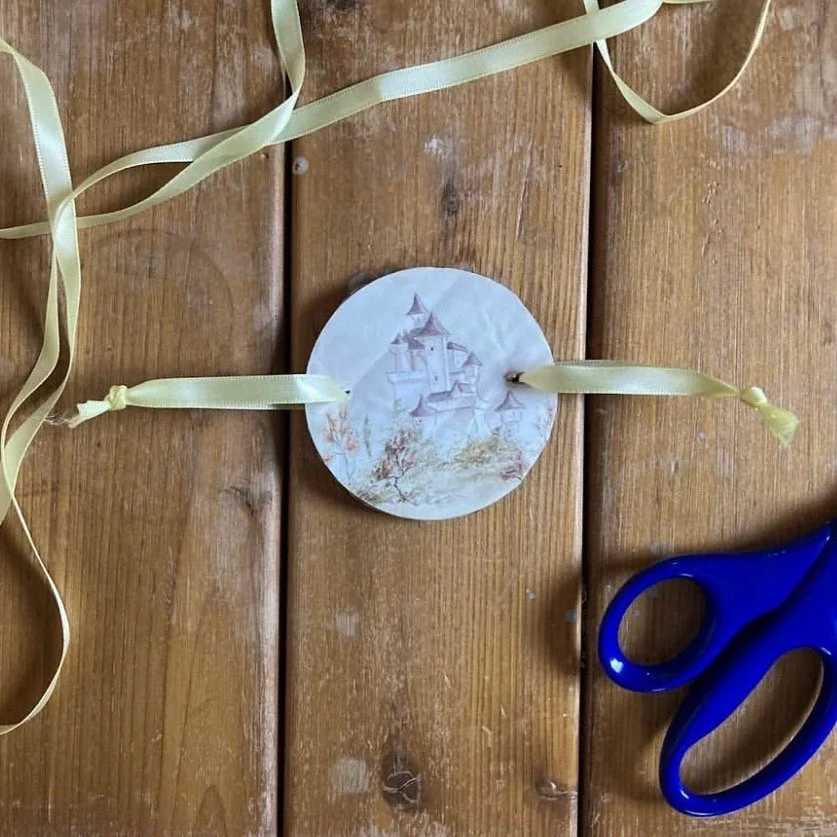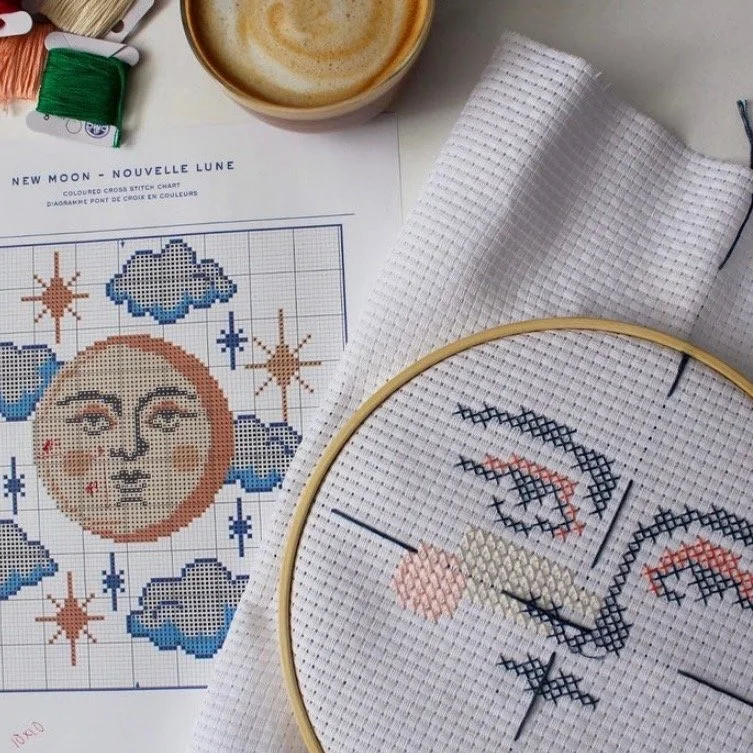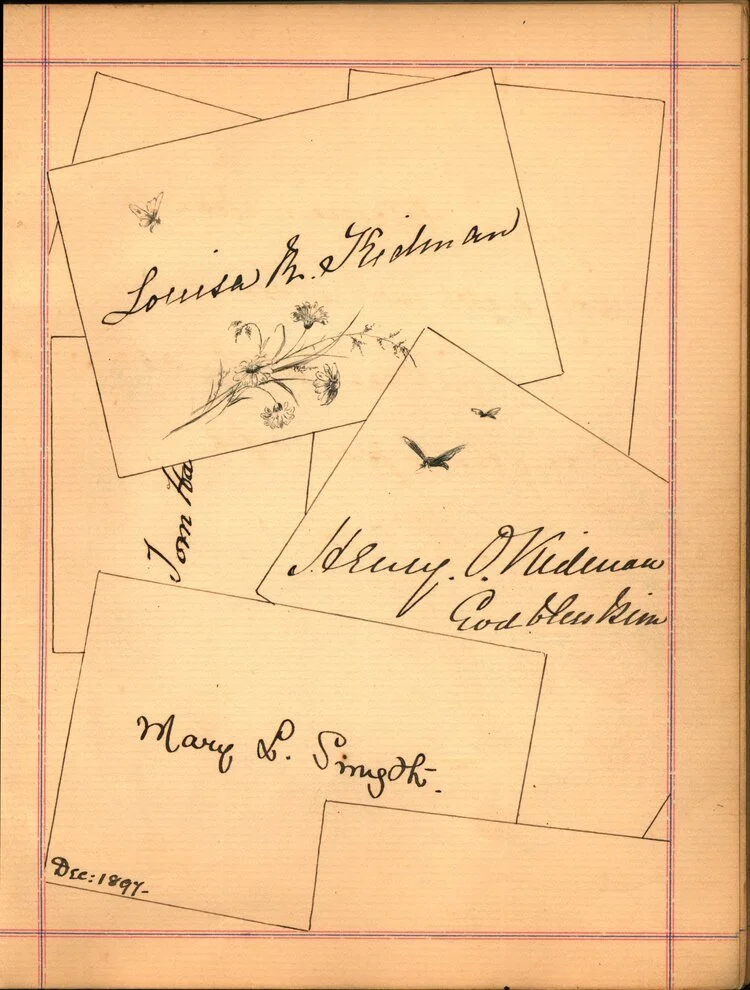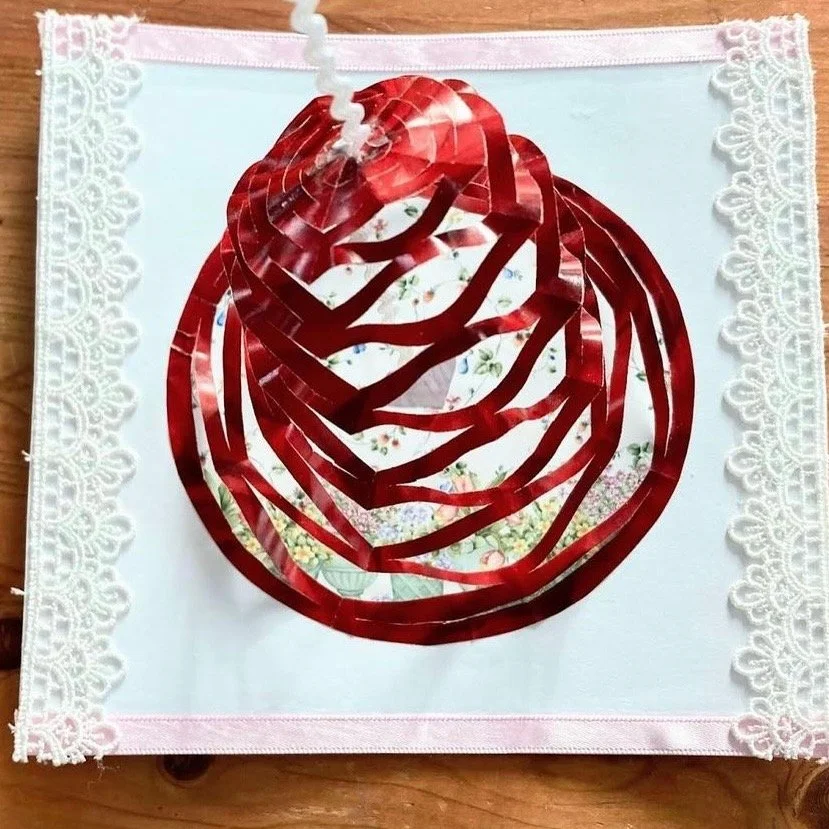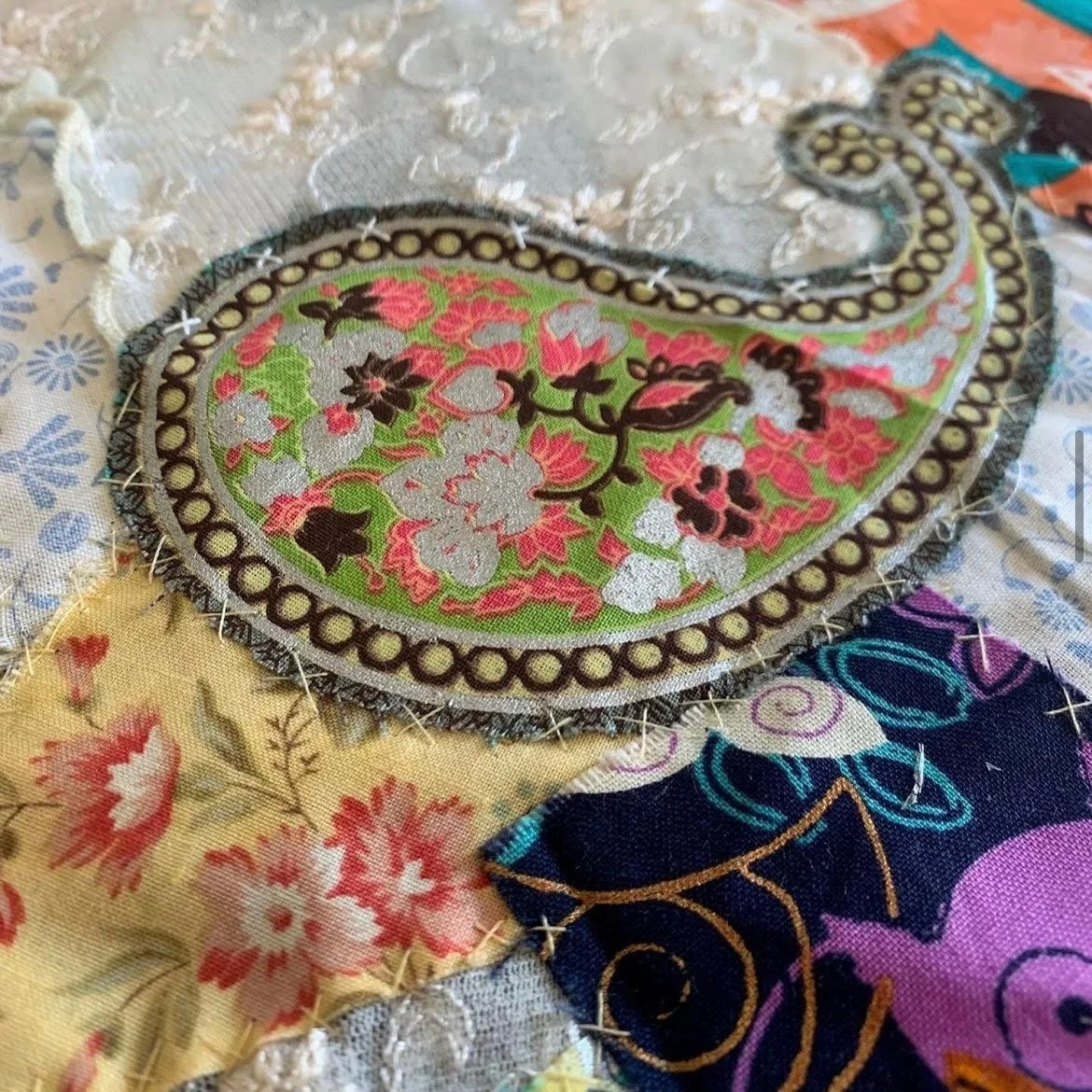
Crafting in the Classroom
Click here to explore sample syllabi and assignments developed by Crafting Communities team members and collaborators.
Our hands-on crafting activities take approximately 90 minutes of class time to introduce and get started. Most of our crafting activities can also be completed within that 90-minute window. Students who desire a higher level of finish can continue working on their craft independently.
Our Tutorials
To support your work crafting in your humanities classroom, we offer the following suggestions:
-
Start by looking at the list of supplies included at the top of each crafting tutorial. In all cases, we offer materials with low or no cost, but you will want to budget time for sourcing materials. Consider asking for donations from community members (a textile drive to collect materials for rag rugs, for example) or request funding to purchase materials from a thrift store.
Consider preparing some of the supplies in advance of the class session so that students can begin crafting at the start of class. (For broderie anglaise, for example, you could cut thread or even thread needles in advance.)
Set your students up for success by providing context in advance of the class. We provide a suggested list of further resources that can enhance each of the crafting tutorials, and which includes readings, podcast episodes, online exhibits, and primary documents. (Our lists of further resources can be accessed below or from each tutorial page.)
Decide how crafting will contribute to your course’s objectives and assessments. You might decide to integrate your students’ crafting into an assignment that is tied to assessment or you might introduce crafting as an engagement and community-building activity without any assessment component. Members of our team have had success with both approaches. For ideas and inspiration, check out our sample syllabi and assignments—all of which have been created and used by Crafting Communities team members or collaborators.
-
Use the step-by-step tutorials on our website to guide your students. Each step is illustrated by photographs and/or videos. In our classrooms, we project the photographs and videos on screen to guide students through the activity. Students can return to the tutorial to continue crafting, or use the tutorial to catch up on a missed class.
Consider different delivery options. While we love crafting in our classrooms, our tutorials can be assigned as part of students’ at-home or asynchronous work. Our tutorials also work well for live online classes.
Provide some inspiration by looking at the work of contemporary artists who engage with related craft practices. See our suggestions on the further resources pages (below).
Make time for troubleshooting and also remember that your students will come into the classroom with varied skill levels. Encourage the peer mentoring that happens when more experienced or confident students offer their classmates support or advice.
-
Build in time for sharing and group reflection. You might have students talk about their own processes and outcomes, but you can also have them comment on their classmates’ creations. (This worked particularly well for us with an in-class scrapbooking activity.)
Let our team know how it went! You can contact us at craftyvictorians@gmail.com or on Instagram @crafty_victorians. We would love to see your students’ work and share assignments or syllabi that you have created.
Further Resources
Use the arrows to browse our tutorials, and click below for resources to support your lesson. We offer suggestions for readings, online exhibits and videos, podcast episodes, and artworks and artists to explore with your students, as well as student reflections on their experiences with critical crafting.

